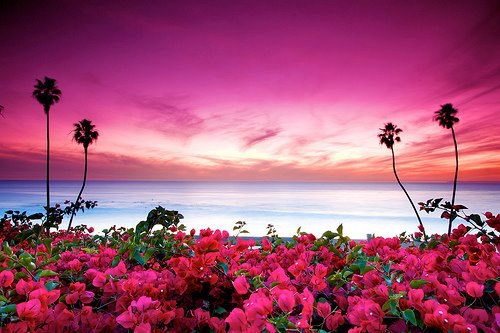Tuesday, August 14, 2012
Monday, August 13, 2012
Wednesday, August 8, 2012
Rain Water Harvesting System for Indian Cities
Broadly rainwater can be harvested for two purposes.
Rainwater harvesting can be harvested from the following surfaces :
Whether to store rainwater or use it for recharge :
- Storing rainwater for ready use in containers above or below ground.
- Charged into the soil for withdrawal later (groundwater recharging).
Rainwater harvesting can be harvested from the following surfaces :
Rooftops : If buildings with impervious roofs are already in place, the catchment’s area is effectively available free of charge and they provide a supply at the point of consumption.
Paved and unpaved areas i.e., landscapes, open fields, parks, storm water drains, roads and pavements and other open areas can be effectively used to harvest the runoff. The main advantage in using ground as collecting surface is that water can be collected from a larger area. This is particularly advantageous in areas of low rainfall.
Water-bodies : The potential of lakes, tanks and ponds to store rainwater is immense. The harvested rainwater can not only be used to meet water requirements of the city, it also recharges groundwater aquifers.
Storm-water Drains : Most of the residential colonies have proper network of storm-water drains. If maintained neatly, these offer a simple and cost effective means for harvesting rainwater.
Whether to store rainwater or use it for recharge :
The decision whether to store or recharge water depends on the rainfall pattern and the potential to do so, in a particular region. The sub-surface geology also plays an important role in making this decision.
For example, Delhi , Rajasthan and Gujarat where the total annual rainfall occurs during 3 or 4 months, are examples of places where groundwater recharge is usually practiced. In places like Kerala, Mizoram, Tamil Nadu and Bangalore where rain falls throughout the year barring a few dry periods, one can depend on a small sized tank for storing rainwater, since the period between two spells of rain is short. Wherever sub-strata are impermeable recharging will not be feasible. Hence, it would be ideal to opt for storage.
In places where the groundwater is saline or not of potable standards, the alternate system could be that of storing rainwater.
Beyond generalizations, it is the requirement that governs the choice of water harvesting technique. For example, in Ahemadabad, which has limited number of rainy days as that of Delhi , traditional rainwater harvesting tanks, known as tanks, are used to store rainwater even today in residential areas, temples and hotels?
Tuesday, August 7, 2012
Thursday, August 2, 2012
Mount Roraima (Venezuela, Guyana)
Mount Roraima lies on the Guiana Shield in the southeastern corner of Venezuela's 30000 km to Canaima National Park forming the highest peak of Guyana's Highland Range. The tabletop mountains of the park are considered some of the oldest geological formations on Earth, dating back to some two billion years ago in the Precambrian.
Wednesday, August 1, 2012
Importance of a Tree in Environmental Life
I arrived at the MCTE campus around 8 pm on 22 June 2012 . I took a walk around the campus. I came across a very special tree. It is Baobab tree, which is at the One Tree Hill. I am told this tree, popularly called as five fingers, is over 200 years old and sits on the highest point of Mhow (Indore ). I was thinking, this tree has been giving life for 2 centuries to so many humans, animals and birds. In 200 years it would have given over 3000 kg of life giving oxygen to us. It would have been a protector and abode to thousands and thousands of birds. It would have given shelter from hot sun and rain to countless animals and humans. The 200 year old smiling tree has a message for all, “Giving brings happiness to us”
Subscribe to:
Comments (Atom)



















